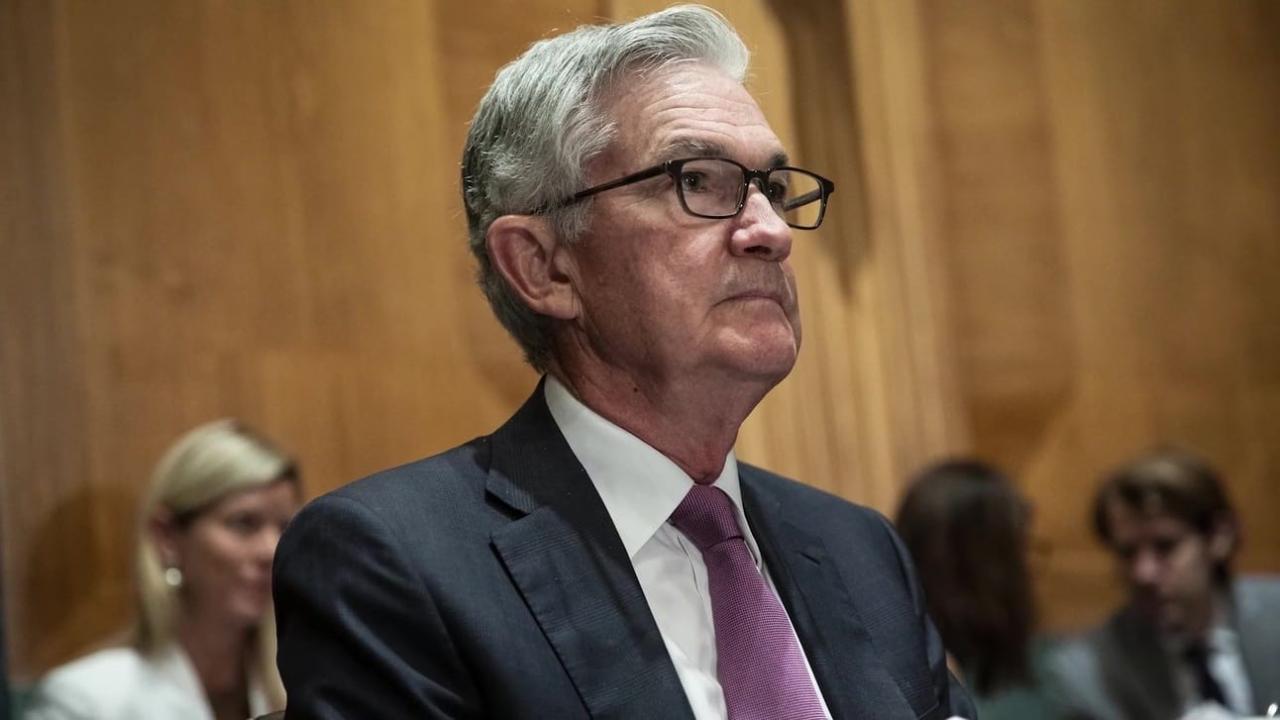
Market Minute: Fed Cut Could Extend “Bizarro” Bond Selloff
What do you get when you combine fresh economic stimulus with GDP at 3%, a solid jobs market, and inflation ticking back higher? A bond selloff, probably. That may not strike you as so tricky a riddle, but there’s been a good amount of head-scratching among investors and analysts trying to figure out why U.S. Treasury yields have risen about 100 basis points since the Federal Reserve began cutting rates in September.
Wednesday’s decision by the central bank to trim another 25bps off the overnight rate will likely add more momentum to this move of higher yields, even if it may seem like a bizarro version of what textbooks say should, or typically does happen: when the Fed is cutting rates, the rest of the yield curve drifts downward as well. The truth is that the causality with bonds is always a bit circular, and it’s probably better to assume that yields went down along the curve during previous cutting cycles not because of the change in short-term rates by the Fed, but because of the underlying economic forces that precipitated the need for cuts -- i.e., economic slowdown.
In today’s case, there is no obvious deterioration data that demands lower rates. The Fed’s cutting because inflation has cooled significantly off its post-Covid peak, employment has softened enough around the edges from its strongest levels, and traders in short-term prediction markets event are trying to convince chair Jerome Powell that the real interest rate is too restrictive given the disinflation of the past year.
Traders on the long end of the curve likely have other ideas. We heard for the second time on Tuesday a compelling case from Zed Francis at Convexitas for how big institutional buyers of bonds took advantage of higher rates to even out their books last year, fully fund pensions, and lock in the returns they need for the foreseeable future, until rates are significantly higher from here. We also know foreign buyers have been slowly weaning off our debt. Combine that marginal slowdown in demand with the potential for a stimulative effect adding to growth expectations which have already moved higher the past six months, and you have plenty of reason for further steepening in the yield curve.
If that happens, some of the recent froth across risk assets is likely to come off. Some of it already has – this month has been terrible for value stocks, small-caps, and much of the post-election rotation trade that many argued would benefit from lower rates and a softer dollar. So far we haven’t had either of those, and there’s not a ton of reason to expect them soon, even if -- or perhaps, in this sort of bizarro world, especially if -- the Fed keeps cutting.
Featured clips




Charles Schwab and all third parties mentioned are separate and unaffiliated, and are not responsible for one another's policies, services or opinions.

